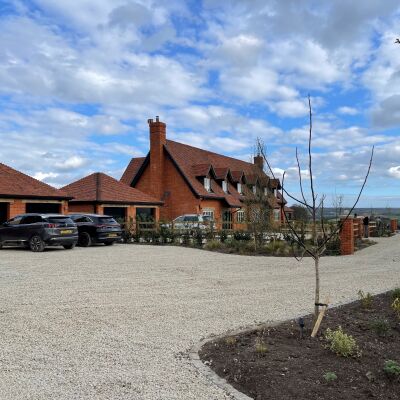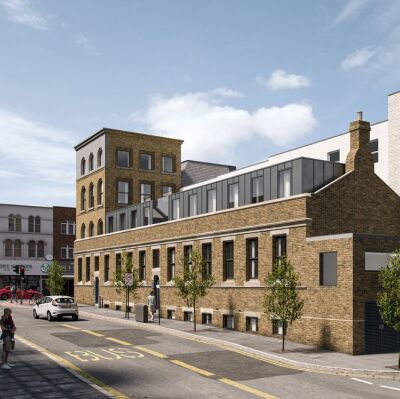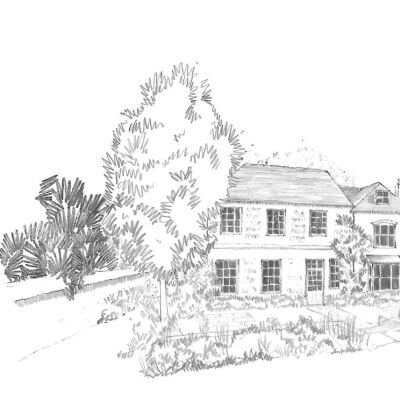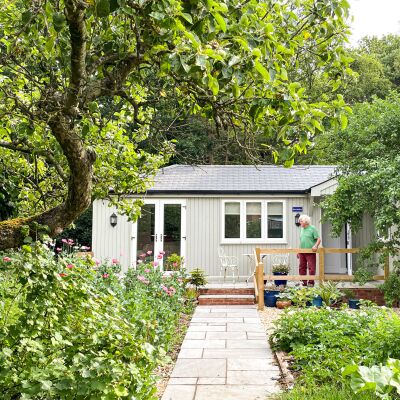
Residential

Lake View Soberton
The team at Southern Planning Practice secured planning permission on appeal for two infill dwellings in Soberton and also dealt with the subsequent reserved matters approval and condition discharge applications. The properties were designed by our in-house architect, Steve Wickenden…
View project
Marsh Court Farm
We were approached by a client who wanted to convert their redundant agricultural building to a residential dwelling. Such a conversion is possible, subject to conditions and restrictions, under Class Q of the General Permitted Development Order. We prepared and…
View project
The Old Post Office, Stoke Newington
Conversion and extension of additional floors on Old Post Office, Stoke Newington, Hackney. We worked with Paperhouse Architects to design a scheme which would provide new flats in a landmark scheme in the London Borough of Hackney. The key challenges…
View project
Clanville House
Clanville House is a Grade2* Listed Building. The clients wanted a modern extension to provide a new kitchen as the floorplan of the original dwelling was not conducive to their living requirements. Pre-application discussions were undertaken with the Local Planning…
View project
Homelodge Buildings Ltd
Southern Planning Practice Ltd and Homelodge Ltd have been working together since 2011 and have considerable success and experience in achieving planning for their mobile home annexes. Homelodge Ltd produce a range of timber lodges which they install in gardens…
View project